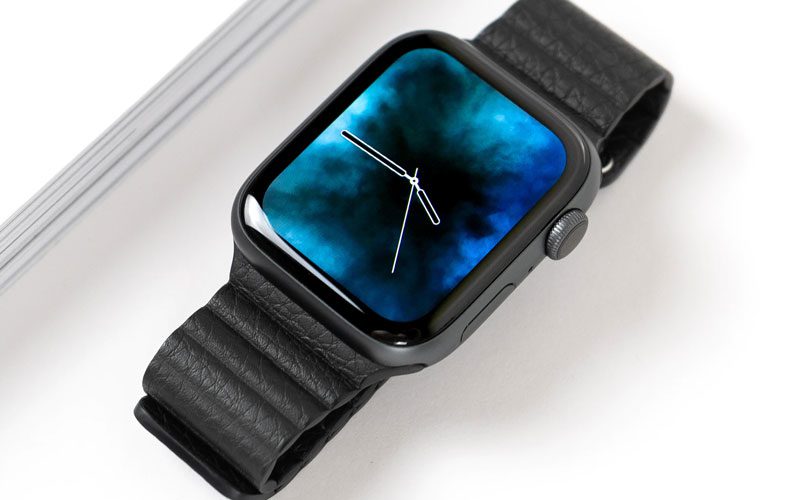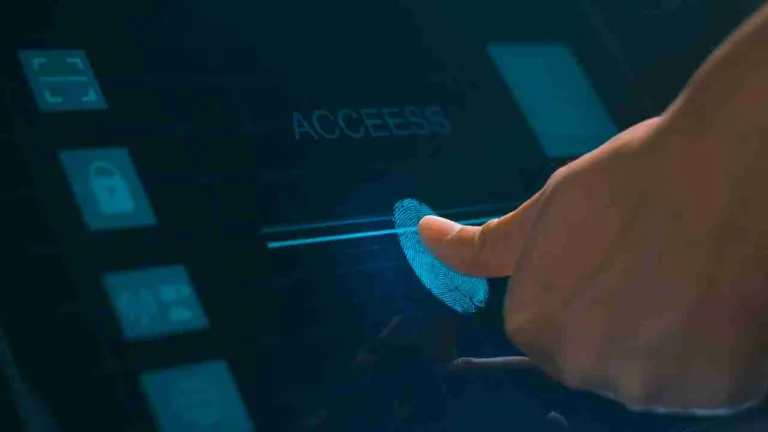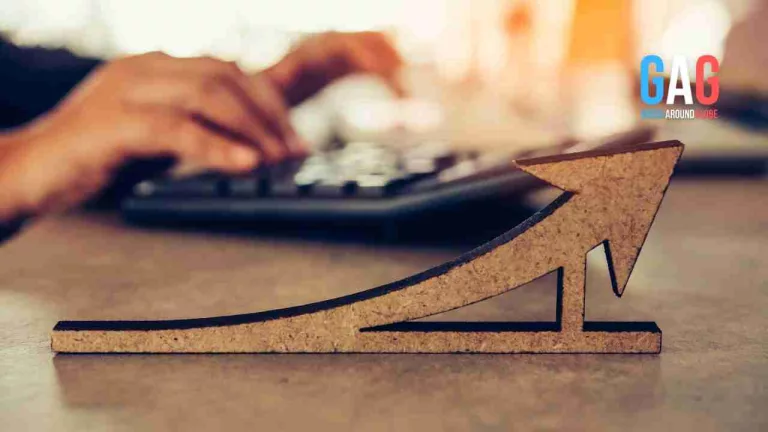Over one billion people need one or more assistive products in the world and, with the growth of the aging global population and the rise of noncommunicable diseases, over two billion will need assistive devices by 2030 – as reported by the WHO. The good news in the technological sphere is that new developments are constantly arising, centred on a variety of different areas – including hearing, visual, and learning disabilities, as well as motor disabilities. Read on to discover just a few innovations that are set to significantly improve the quality of life of people with additional needs.
Robotic Exoskeletons for Children with Loss of Mobility
Mobility disabilities affect one in seven adults, though children with neurological disorders such as cerebral palsy have some level of difficulty with mobility/difficulties getting from one place to another. Marsi Bionics have created a new paediatric exoskeleton for patients with neuromuscular disorders – specifically, for those who are unable to walk. The exoskeleton has artificial muscles that operate alongside the user’s own, using hundreds of sensors and artificial intelligence to understand the movement intention of children who essentially tell it where to go. There are many other assistive devices for kids with CP and online cerebral palsy resources are constantly updating readers about them. These aid with areas such as communication, eye tracking, assistive hearing, and more.
KOMP Computer for Senior Citizens
For senior citizens who find desktops, tablets, and smartphones challenging to use, KOMP is a welcome device, since it has just one button, does not have a touchscreen, and requires no passwords to use. It is designed to battle isolation both for seniors living at home and those in senior homes. All the user has to do is turn on the device and they immediately receive all messages and images sent by loved ones. They can also receive calls without even having to press a button – the video call automatically connects to their home after 10 seconds.
Dot Braille Smartwatch
This beautifully designed smartwatch is a Braille-based smartwatch for people with visual disabilities. Its features include caller ID, an alarm, a ‘Learn Braille’ program, and the chance to read all phone messages, alerts, and notifications. Every message the wearer receives is automatically translated to Braille and sent to the Dot Watch. The latter is compatible with iOS9 and above iPhones as well as most Android devices (at least Android 4.4.4).
Vibrating Vests to Hear Music Through the Skin
People with hearing impairments can now enjoy music in a far more dynamic way – by wearing vibrating vests to their favorite concerts, so they can ‘hear’ music through their skin. The vest, developed by Not Impossible Labs, uses haptic technology to feel the music through 24 points of vibration. The vest was originally developed to enhance sensation for gamers and those into virtual reality experiences. Since it affects bone conduction and receptors in the muscles and skin, however, it is also an ideal way to enjoy music to the full.
The number of disabled people is on the rise, owing in no small part to the growth in our aging populations. New assistive devices are continually being developed however – from exoskeletons enabling mobility to vibrating musical vests. Keeping updated with new tech is key in order to enhance one’s quality and enjoyment of life on so many levels.







